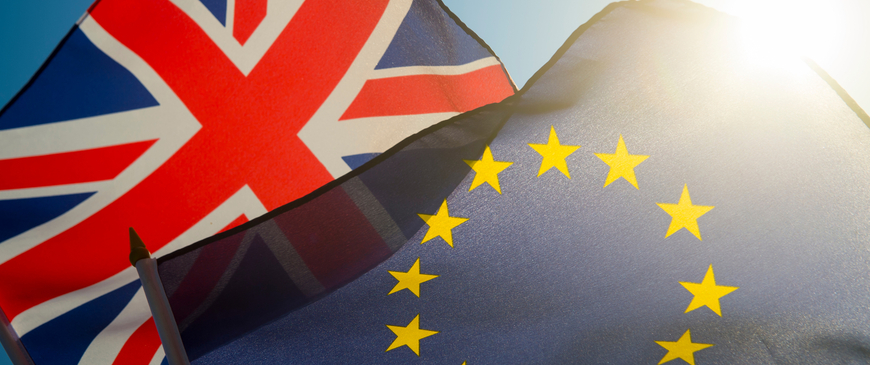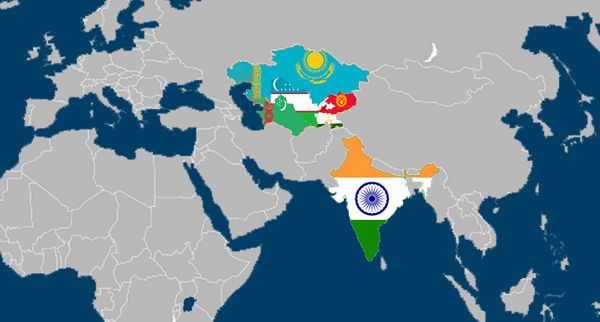- Courses
- GS Full Course 1 Year
- GS Full Course 2 Year
- GS Full Course 3 Year
- GS Full Course Till Selection
- MEP (Mains Enrichment Programme) Data, Facts
- Essay Target – 150+ Marks
- Online Program
- GS Recorded Course
- NCERT- First Ladder
- Polity
- Geography
- Economy
- Ancient, Medieval and Art & Culture AMAC
- Modern India, Post Independence & World History
- Environment
- Governance
- Science & Technology
- International Relations and Internal Security
- Disaster Management
- Ethics
- Current Affairs
- Indian Society and Social Issue
- CSAT
- 5 LAYERED ARJUNA Mentorship
- Public Administration Optional
- ABOUT US
- OUR TOPPERS
- TEST SERIES
- FREE STUDY MATERIAL
- VIDEOS
- CONTACT US
UK-EU Reset: A Strategic Opening for India
UK-EU Reset: A Strategic Opening for India

Why in the News:
- The UK and European Union (EU) have agreed to restart cooperation on food standards, fishing rights, and defence (UK-EU Reset).
- This signals a major diplomatic shift in their post-Brexit relationship.
- This reset is expected to impact global trade, regulations, and diplomacy.
|
India-UK Relations: 2004: Strategic Partnership launched. 2010: Elevated to Enhanced Partnership. 2021: Roadmap 2030 signed for comprehensive cooperation. 2022: Comprehensive Strategic Partnership covering cyber security, climate action, and maritime security. India-EU Relations: 1994: First India-EU Cooperation Agreement. 2004: India-EU Strategic Partnership initiated. 2020: ‘India – EU Strategic Partnership: A Roadmap to 2025’ adopted. 2021 – Connectivity Partnerships 2022 - India-EU Trade and Technology Council. Brexit: Brexit, which happened in January 2020, ended the UK’s EU membership, changing trade and political relations. It led to new rules on borders, customs, and cooperation between the UK and EU.
|
Key Highlights of the article:
- UK-EU Agreement Brings Big Changes
- The UK and EU have started working together again after Brexit.
- They will now cooperate on food standards, fishing rights, defence, and border checks.
- This new partnership can affect how trade and policies are made globally as it sets standards for future agreements and cooperation frameworks.
- It could change India’s strategy in dealing with both the UK and EU.
- Impact on Indian Exports
- India exported goods worth $86 billion to the EU and $12 billion to the UK in FY2024.
- Key sectors like medicines, seafood, and farm products can benefit from smoother trade rules.
- Common rules between the UK and EU will reduce paperwork and delays as the standards will be similar and this will reduce the need for extra checks.
- However, small Indian companies may struggle with stricter rules and higher costs. Example: A textile exporter paying more to comply with product standards.
- New Opportunities in Diplomacy
- India can work more closely with both the UK and the EU on defence and foreign policy.
- It gives India more chances to be part of global talks on climate change, security, and technology.
- India can use platforms like the G20 and UN to strengthen its position.
- Stronger ties with a united UK-EU can help India deal with challenges in the Indo-Pacific.
- Better Education and Job Prospects Abroad
- India sent over 1,00,000 students to the EU in 2024, showing growing educational links.
- Easier border movement between the UK and EU can help Indian workers and students.
- This can also support India's ties with Germany, France, and Portugal.
- A common travel system in Europe could help Indians move, study, and work more easily.
- Sector-wise Benefits and Risks
- Pharma: India supplies 25% of UK’s medicines. Faster approvals can lower costs.
- Seafood: Exports worth around ₹60,523 crore may rise if rules match between UK and EU.
- Trade Support: India needs to boost support schemes like RoDTEP and PLI to stay competitive.
- Risk: Small businesses may not have the money or skills to meet tough new standards.
|
RoDTEP (Remission of Duties and Taxes on Exported Products): It is a government scheme that gives refunds on hidden taxes and duties paid during production and export, which were not refunded earlier. These include taxes on fuel, electricity, and transport that increase the cost of exported goods. The aim is to make Indian products cheaper and more attractive in foreign markets. It helps especially small exporters compete better by lowering their overall costs. PLI (Production Linked Incentive) Scheme: This scheme gives financial rewards to companies that increase their production in specific sectors like electronics, pharma, and textiles. The government pays incentives based on how much extra a company produces and sells. It encourages companies to make more in India instead of importing from other countries. PLI helps create jobs, boost exports, and bring in new investment into the country. |
|
Possibilities for India:
Challenges and Way Forward
|


